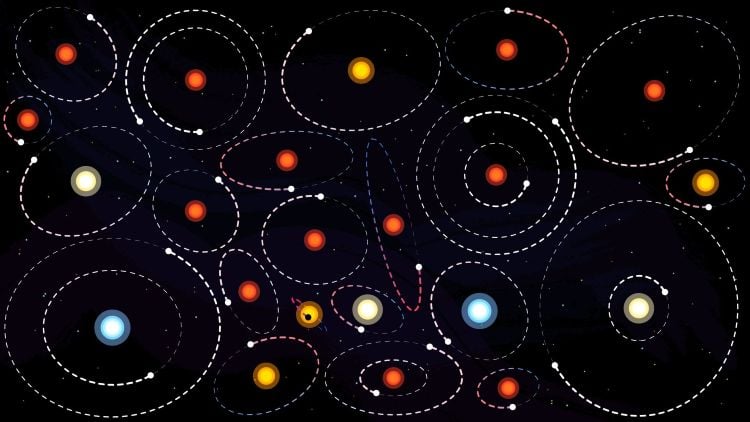How can star populations help astronomers re-evaluate the search for intelligent extraterrestrial life, also called technosignatures? This is what a recently submitted study hopes to address as a team of scientists investigated the…

How can star populations help astronomers re-evaluate the search for intelligent extraterrestrial life, also called technosignatures? This is what a recently submitted study hopes to address as a team of scientists investigated the…